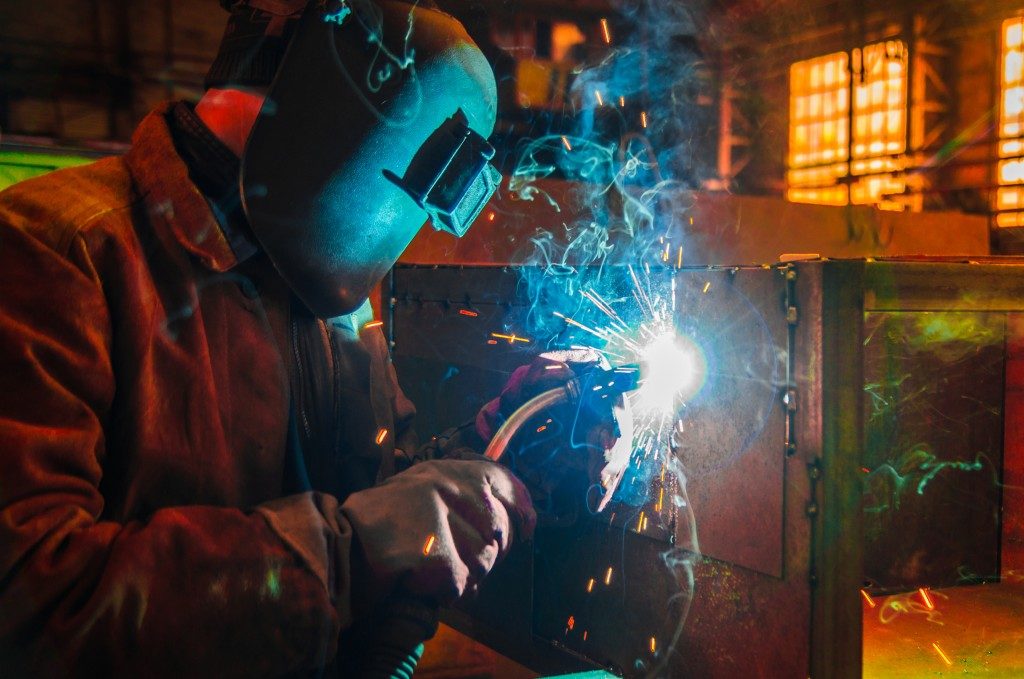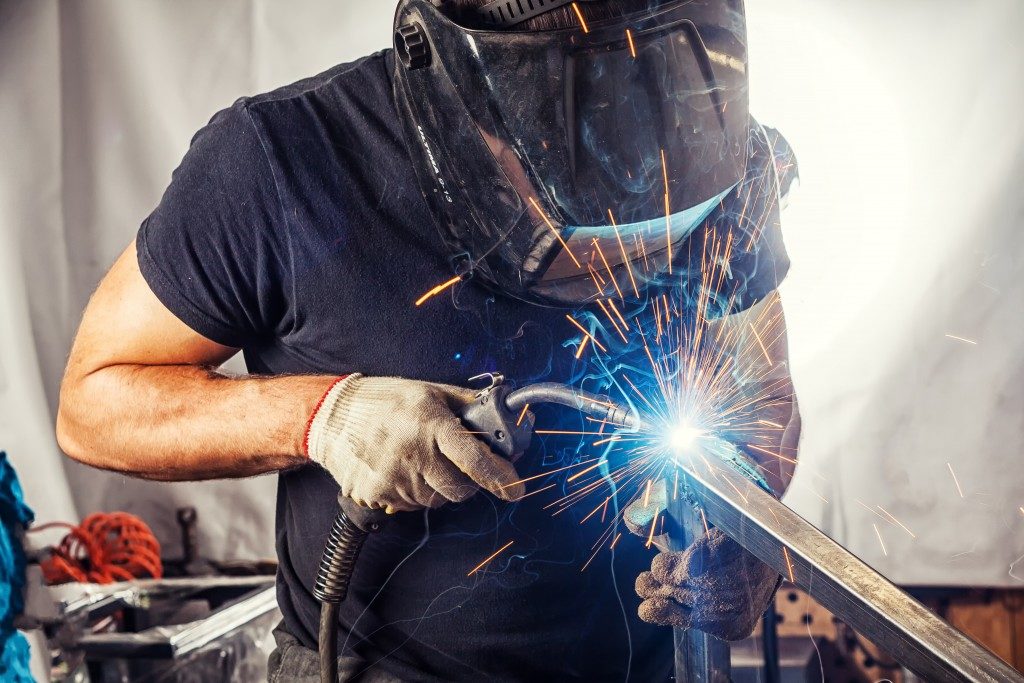Steel is a major component in many applications, from commercial and consumer to industrial. It also figures in most infrastructures in Edmonton, which is one of the major economic centers in Canada. The construction industry prizes the engineering material for its strength, corrosion resistance, and fabrication economy. And steel is weldable, improving the performance of the material.
Edmonton’s commercial welding companies employ several techniques to fabricate stainless steel. The most capable services practice reasonable care in handling the material because the fabrication method can have destructive effects with incorrect application.
The Common Steel Welding Methods
Steel welding processes vary on the alloy’s thickness, size and usage of the finished product. The most common welding methods are:
- TIG Welding/Gas Tungsten Arc Welding
- Resistance or Spot Welding
- MIG Welding/Gas Metal Arc Welding
- Stick/Arc Welding
- Flux-cored Arc Welding
- Submerged Arc Welding
TIG Welding/Gas Tungsten Arc Welding
Fabricators use gas tungsten arc welding for its versatility, high quality, and the aesthetic appearance of the finished weld. Tungsten electrodes create the well-defined, aesthetically pleasing weld. This method, however, takes longer to accomplish due to its complexity.
TIG is suitable for welding together large sections of stainless steel. When employing this technique, use different arc lengths for different types of metals for maximum productivity.
Resistance or Spot Welding
One of the more economical types of welding is resistance or spot welding. It’s ideal for small or large projects. Fabricators employing this method use an electrical current to heat metal edges and seal them together. You can tailor this method to prevent distortion of the metal, an ideal method for metals with low melting points.
MIG Welding/Gas Metal Arc Welding

MIG welding differs from the other methods as this is a semi-automatic process. It’s a gas-shielded arc welding process where heat comes from a consumable electrode and the work-piece itself. It has four primary methods of metal transfer:
- short-circuiting;
- spray;
- globular, and
- pulsed-spray.
This method produces less welding fumes and is easy to learn, requires less heat input and has high electrode efficiency. For long joints in thick materials and large amount of welds, this method works best.
Stick/Arc Welding
Stick/Arc welding is one of the easiest and more widely used methods in building construction. This welding method is beneficial because it does not require shielding gas and is effective on rusty metals. This method is also effective on metals that haven’t been pre-cleaned, making it less time-consuming for welders to use. It’s best used on heavy metals and on their repair, on pipeline welding, and also on steel erection.
Flux-cored Arc Welding
Flux-cored arc welding is an alternative to shield welding. It is semi-automatic, portable and has a high welding speed, making it favorable in construction projects. This technique, though costly than the other welding processes, is quick and works on varying types of metals. It is ideal for projects involving metal fabrication work, heavy equipment repairs, steel erection and in welding thick metals.
Submerged Arc Welding
For metal parts thicker than 0.5 inches, the submerged arc welding method is suitable. This technique works on most austenitic stainless steel, but unwise for steels without ferrite on its welding metal as it may crack under the intense heat. This arc’s difference from all the other methods is that it can endure a much higher input of heat, and has slower solidification and cooling characteristics.
Many industries, not just the construction, prefer steel as a component and a primary material. With the right welding technique, this strong and versatile material is crucial for commercial, consumer, and industrial applications.


